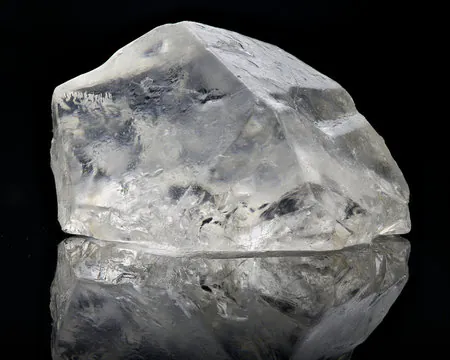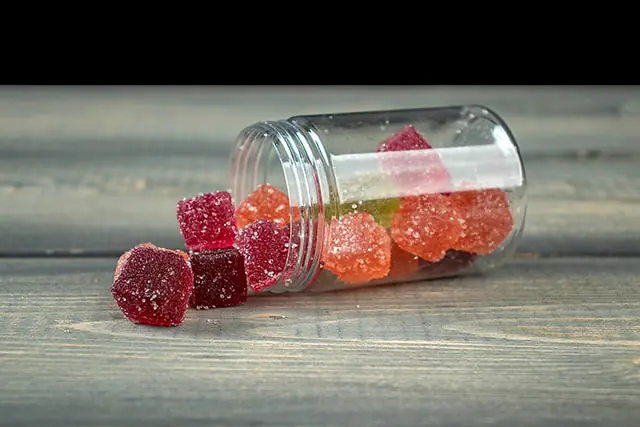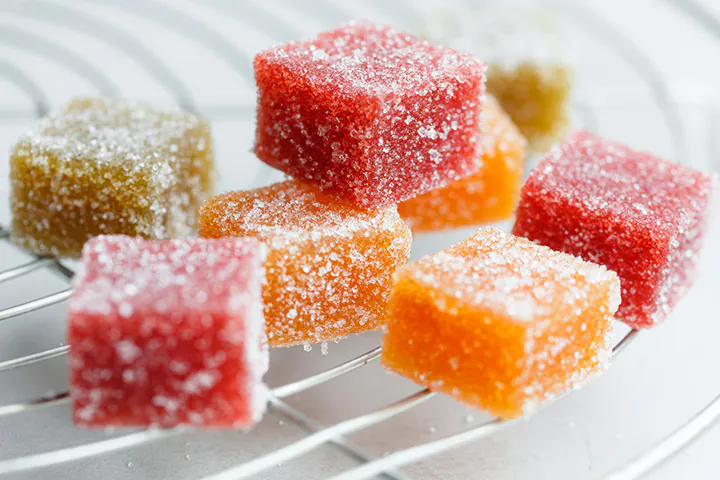CBDP is one of over 140 naturally occurring chemical compounds present in cannabis, and it is one of the most understudied and underestimated cannabinoids currently available. It is a heptyl homolog of CBD that is non-intoxicating and does not produce a euphoric high like THC.
CBDP, on the other hand, maybe similar to CBD in that it activates certain receptor kinds and influences brain chemicals to improve mood and sleep. Because of these advantages, CBDP has the potential to be a psychoactive molecule without causing mental or cognitive impairment.
You’ve come to the right place if you’re looking for further data on this recently found cannabinoid. Continue reading to learn more about CBDP, how it was discovered, and how CBDP is generated and manufactured.
What is CBDP?
CBDP (cannabidiphorol) has been discovered to be structurally similar to the famous cannabinoid CBD. Still, unlike CBD, CBDP includes a longer side chain, which is thought to have a variety of useful reasons. The longer side chain of THCP, the cannabinoid found alongside CBDP, aids in receptor attachment. However, this is not the case with CBDP.
Nowadays, studies reveal that CBDP does not improve CBD’s weak receptor binding ability, though it should be emphasized that biological testing is still in its early phases. Thus, it is too early to draw final findings.
CBDP and THCP are unique cannabinoids, the first of their kind (cannabinoids with side chains longer than five), so science is still learning about their full potential. However, given the recreational applications of CBD, THC, and CBDV, it is an understatement to say that the future looks bright for these cannabinoids.
How is CBDP Discovered?
In 2019, two Italian researchers made a significant breakthrough in their research, discovering two novel cannabinoids with the potential to completely transform the cannabis industry. The Italians made this discovery while attempting to identify and adequately explain the cannabinoid profile of a specific cannabis strain believed to be manufactured in Florence by the Military Chemical-Pharmaceutical Institute.
During this research, an unexpected discovery was made: an altogether new cannabinoid with a molecular structure somewhat different from that of THC. Soon after, another cannabinoid with characteristics of CBD was found. These cannabinoids were given the names THCP and CBDP.
How Is CBDP Made?
While there are several phytocannabinoids, they all have a similar makeup. This is because they all begin with the same chemical, cannabigerolic acid (CBGA) (CBGA). CBGA is also known as “the mother cannabinoid.” It is generated as a result of a complex reaction between olivetolic acid and geranyl pyrophosphate.
CBGA is subsequently subjected to additional enzymatic activities to produce the acidic forms of phytocannabinoids such as THCA, CBDA, CBCA, and so on. Cannabinoids are only found in raw cannabis in its acidic state. When they come into contact with heat, they go through a process known as decarboxylation.
Among other things, the procedure changes THCA to THC, CBDA to CBD, and CBCA to CBC. CBDPA is produced in the same way as other phytocannabinoids are. When heated, it transforms into CBDP. CBDP, on the other hand, is found in considerably lower amounts than the other cannabinoids in cannabis plants. As a result, it has gone unnoticed thus far.
The FM2 strain is now the only one with detectable quantities of the CBDP cannabinoid. As a result, CBDP products must be manufactured in a laboratory. For legal reasons, it is made from hemp containing no more than 0.3 percent delta-9-THC. CBD is used as the first element in the manufacture of CBDP, indicating that it can be made properly from hemp.
To obtain a cannabinoid-rich fraction of FM2, n-hexane is used to extract the raw material instead of ethanol, which contains other pollutants such as flavonoids and chlorophylls. To obtain clean cannabinoids for extraction, a second dewaxing step at -20 °C for 48 hours as needed and the removal of the precipitated wax.
Semi-preparative liquid chromatography with a C18 stationary process was used to separate 80 fractions. In this manner, the cannabidiphorolic acid (CBDPA)-containing fractions are heated at 120 °C for 2 hours to create their corresponding neutral form, CBDP, as translucent oils with a purity of 95+ percent.
Final Thoughts
CBDP is a previously undiscovered phytocannabinoid. According to preliminary research, it may be substantially more potent than its CBD cousin. As a result, this new discovery has the potential to significantly alter how humans use cannabis in the future.
CBDP is a secret cannabinoid with a lot of energy waiting to be unlocked. CBDP, which is comparable to CBD and has an alkyl side chain with seven links, has the potential to outperform CBD by a significant margin. All that remains is for manufacturers to be armed with the required tools to harness its power and release it into the market.




